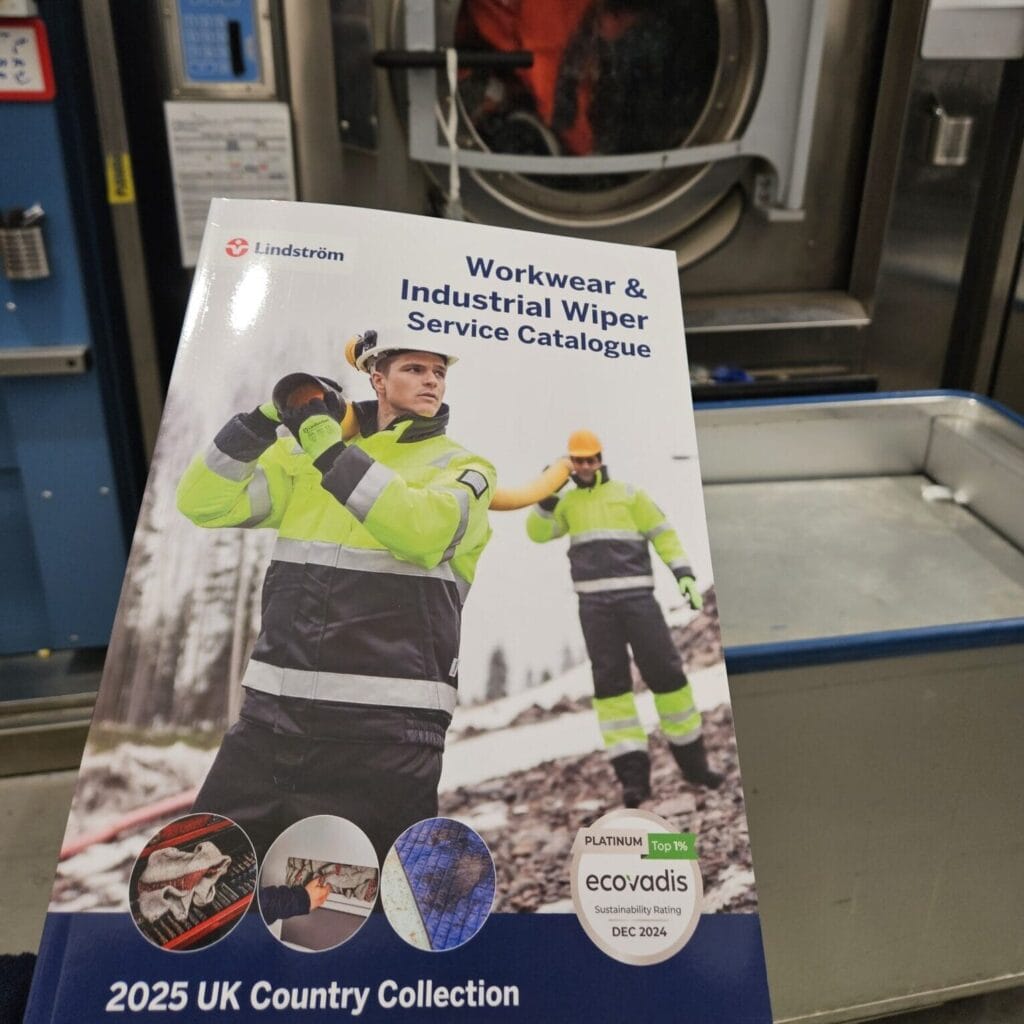
Employers Ultimate Guide To PPE
PPE (personal protective equipment) protects your workers from health and safety risks in the workplace. Items that fall under PPE range from hard hats and safety goggles to hi-vis clothing and, flame retardant. Depending on your industry the level of PPE you require will vary, but with our flexible workwear rental and laundry service, you will get the right PPE for your business and won’t have to worry about paying for more than you need.
To help you understand what PPE you need and the guidelines and regulations surrounding them, we have put together an in-depth guide answering the most common question employers have regarding Personal Protective Equipment.
What Regulations Cover PPE?
The regulations that cover PPE are:
- Health and Safety at Work Act 1974
- Management of Health and Safety at Work Regulations 1999
- Personal Protective Equipment at Work Regulations 1992
The legislation that governs the supply of personal protective equipment is:
- Personal Protective Equipment Regulations 2016/425
- Personal Protective Equipment Enforcement Regulations 2018
Who Does PPE Protect?
PPE is often the final step in protecting employees from harm and deployed when all other controls to ensure safety are in place, but the hazards are not entirely eliminated, even though they may be considered unlikely.
For PPE to protect on an individual level it must adequately fit, be worn when required, and properly used to reduce risks to an acceptable level. PPE can protect against hazards such as cuts from foreign objects, falling from a height, burns from welding equipment, etc. Supplying the correct PPE also protects the business from any potential incidents, and failing to do so could end in legal against being taken against you.
Who Is Responsible For PPE?
The Health and Safety at Work Act 1974 states that it is the employer’s general duty of care to ensure the safety of its employees and workplace visitors.
The Management of Health and Safety at Work Regulations 1999 states that employers and self-employed professionals must carry out a risk assessment for all work activities to determine the necessary safety measures to protect people from harm.
As an employer, you must supply and replace PPE free of charge and, where practical, offer a range of PPE, so the worker can choose the best option for their routine and working environment.
You should also provide instruction and training, including refresher courses and demonstrations.
Who Is Responsible For Maintaining PPE?
As the employer, you are responsible for introducing a system that records the issue of PPE and monitoring it. This includes ensuring the PPE is examined and repaired.
Lindstrom provides this service as part of its PPE equipment and workwear rental and laundry solution. Employees are also responsible for reporting the loss or any defect in PPE that they become aware of.
Is PPE Mandatory?
Employees must use the PPE you provide in the manner directed, in accordance with any instructions or training you give. The worker must return the PPE to its storage place unless otherwise agreed with you. If the staff member refuses to wear PPE, you are entitled to take disciplinary action, including excluding the worker from the workplace.
What Types Of PPE Are Available?
The different categories of PPE and the standards that govern them includes:
- Respiratory protection
- Head and scalp protection – BS EN 14052 and BS EN 397
- Hand and arm protection – BS EN 14328 (cut protection from powered knives), BS EN 374 Part 1 (chemicals and microorganisms), BS EN 407 (thermal risk, fire, and heat), BS EN 511 (cold), and BS EN 388 (mechanical hazards)
- Eye protection – BS EN 166 and BS 7028
- Hearing protection – BS EN 352 Part 1
- Body protection – BS EN 471 + A1
- Foot and leg protection – BS EN ISO 20345 and BS EN ISO 17249:2004
- Height and access protection
There are special requirements for Type 5 coveralls worn by asbestos removal contractors. This protective clothing should be CE marked and supplied with a declaration of conformity, certifying the coveralls are Type 5 Cat III BS EN ISO 13982-1:2004+A1:2010.
What Are Examples For Hazardous Working Environments?
A hazardous work environment is a space where there remains a risk to the worker’s health and safety. This includes spaces where vehicles and pedestrians occupy the same area, factories where machines have unguarded moving parts, worksites with flammable or dangerous chemicals, and where employees work at height.
Is It Only Construction And Industrial Workplaces That Require PPE?
Wherever safety hazards exist, there is a requirement for PPE including construction and industrial workplaces. Hazards include chemical, physical, workload, ergonomic, and biological hazards. The workplace might, for example, be a warehouse, builder’s yard, or kitchen and food preparation area. Healthcare workers and frontline staff also use PPE, including face masks, during the ongoing COVID-19 pandemic.
How To Ensure You Comply With Regulations
To ensure you comply with regulations, you can manually check your workwear and equipment against the UK Government’s Risk at Work Personal Protective Equipment (PPE) Toolbox. Or if you are using our workwear rental service, we will ensure all garments are fully compliant.
Please contact our team today to discuss the PPE your company needs and arrange safety workwear and PPE rental.



